From the sunny shores of California and the humid jungles of Florida comes one of the most distinctive architectural styles. Spanish architecture has become inexorably tied with the history of America thanks to the prominent role it played throughout the country’s expansion. Much like the Andalusian architecture that inspired it, Spanish architecture is designed for comfy, simple, yet stylish living in hotter climates, and is replete with various cultural influences. A Spanish-style house charms you with its rustic elegance and draws you in with its unique aesthetic.
It is a very dynamic style, drawing from four hundred years of Spanish, Mexican, Indigenous, and Pioneer culture. It remains one of the most popular styles in the warmer parts of the United States today and continues to grow as a style long after the end of Spanish colonization in the Americas. Chances are you’ve seen this style the last time you traveled to a coastal town, as its bright white stucco walls and distinctive red clay roofs are hard to miss.
The Roots of Spanish Architecture and Design
Spanish architecture has a long history, and since the end of the Spanish Empire it has taken on a life of its own.
Beginnings
Spanish settlers arrived in the Americas in the 1600s and continued to settle up until the early 19th century when several wars of independence swept through the Americas. Spanish settlements often grew around missionaries which were commonly the architectural centerpieces of Spanish design, also known as Spanish mission design.
Spanish settlers found climates in places such as Florida and California to be quite similar to the one they left behind in Spain, and so they kept a similar building style as well. While there were many similarities between Spanish missions throughout the American continent, their design was also influenced by the regions they were built in.
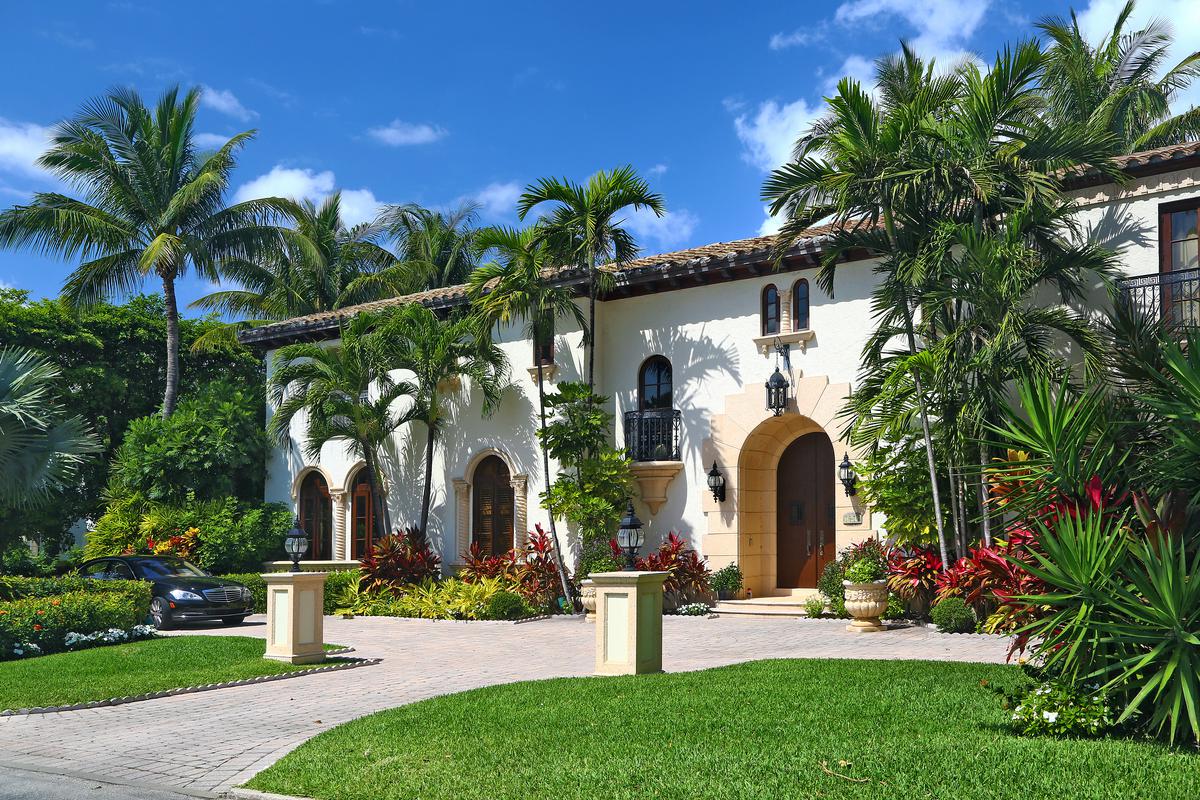
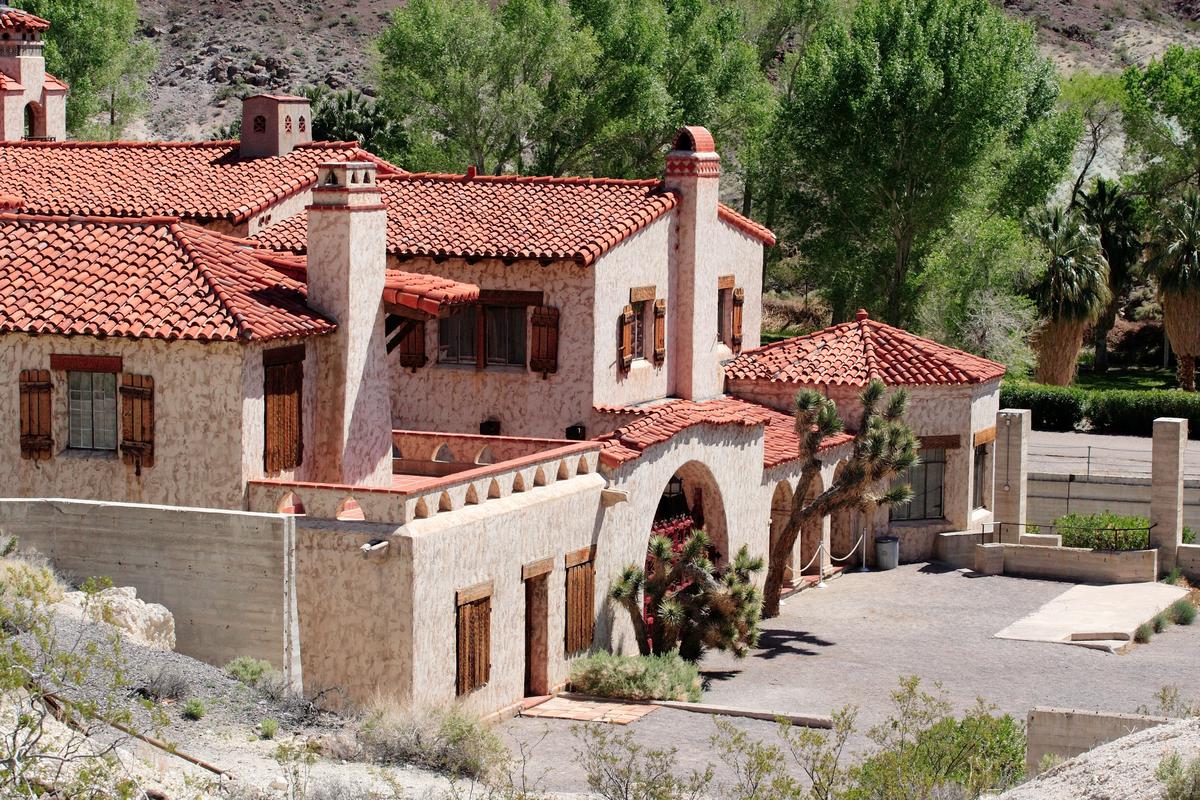
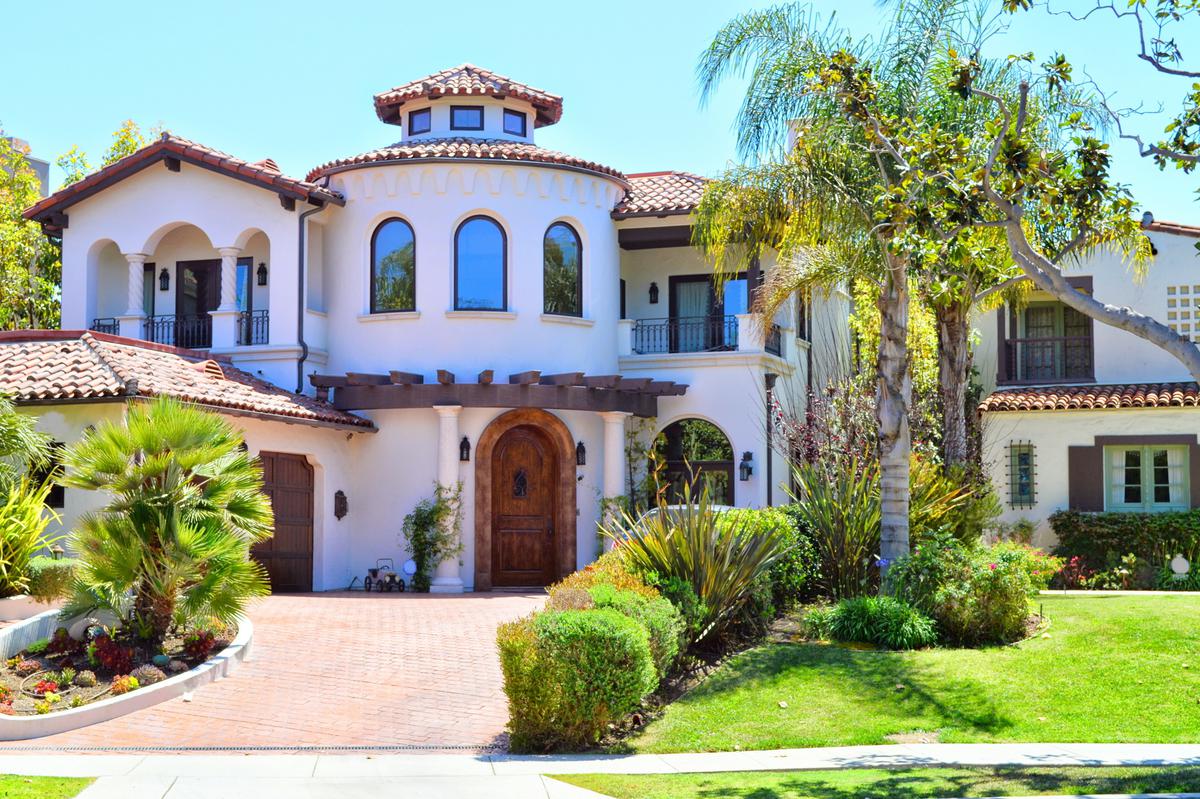
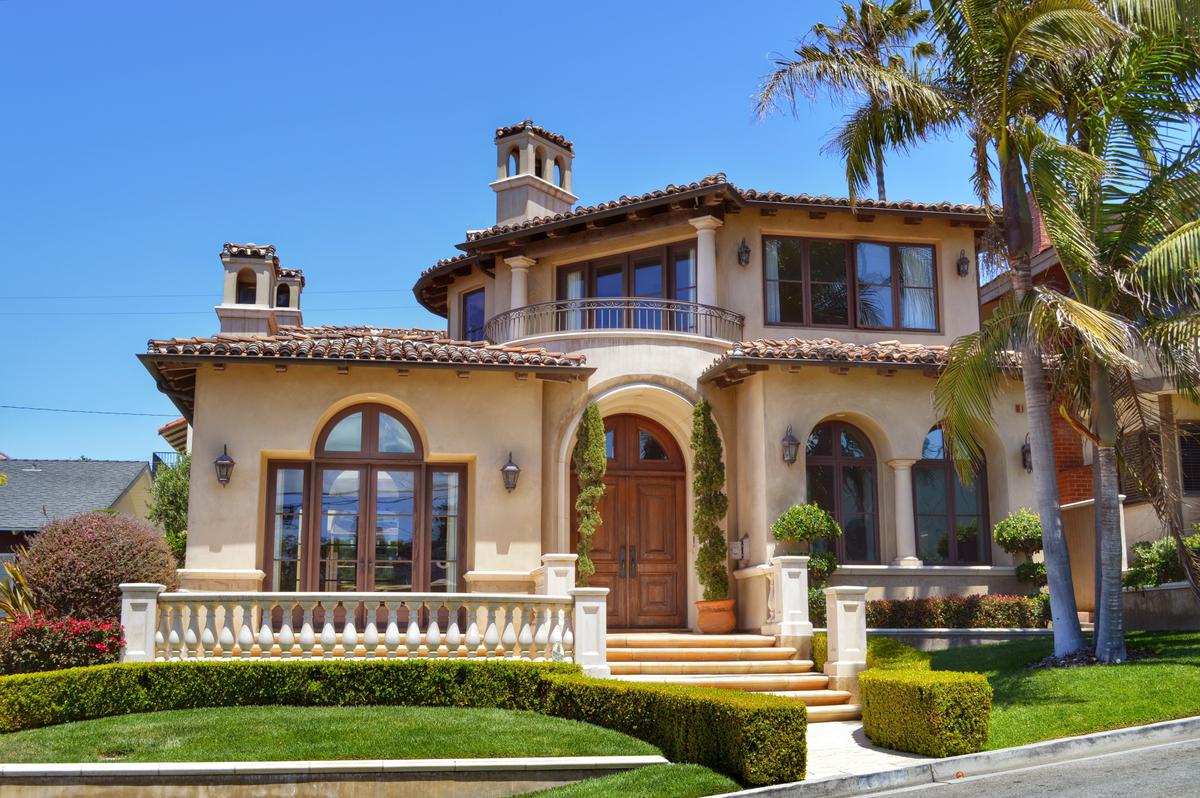
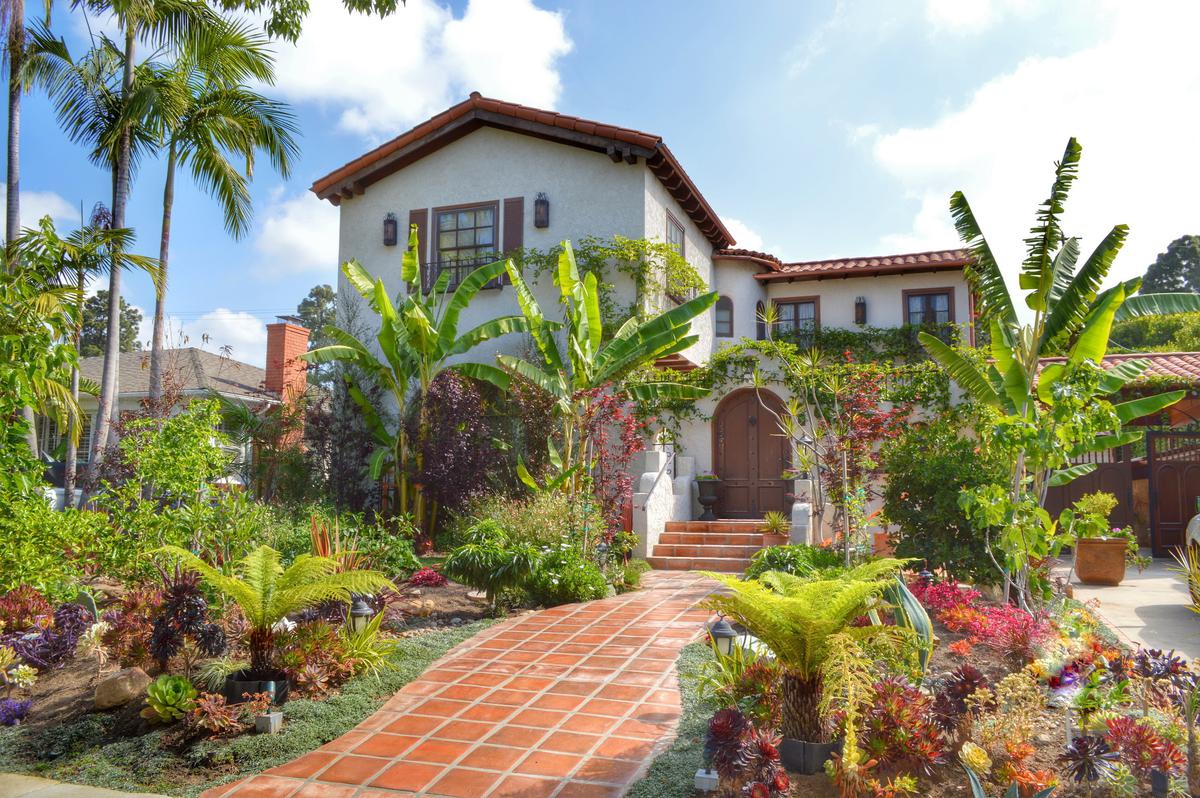
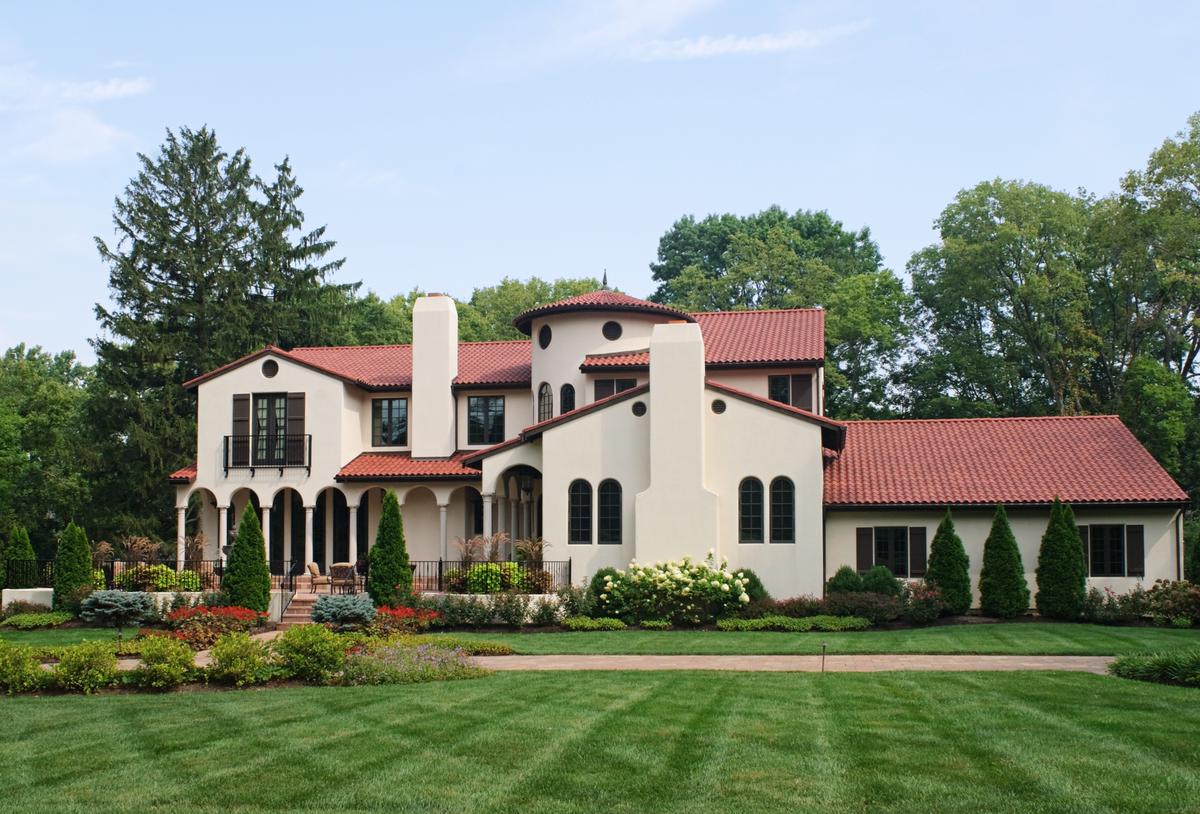
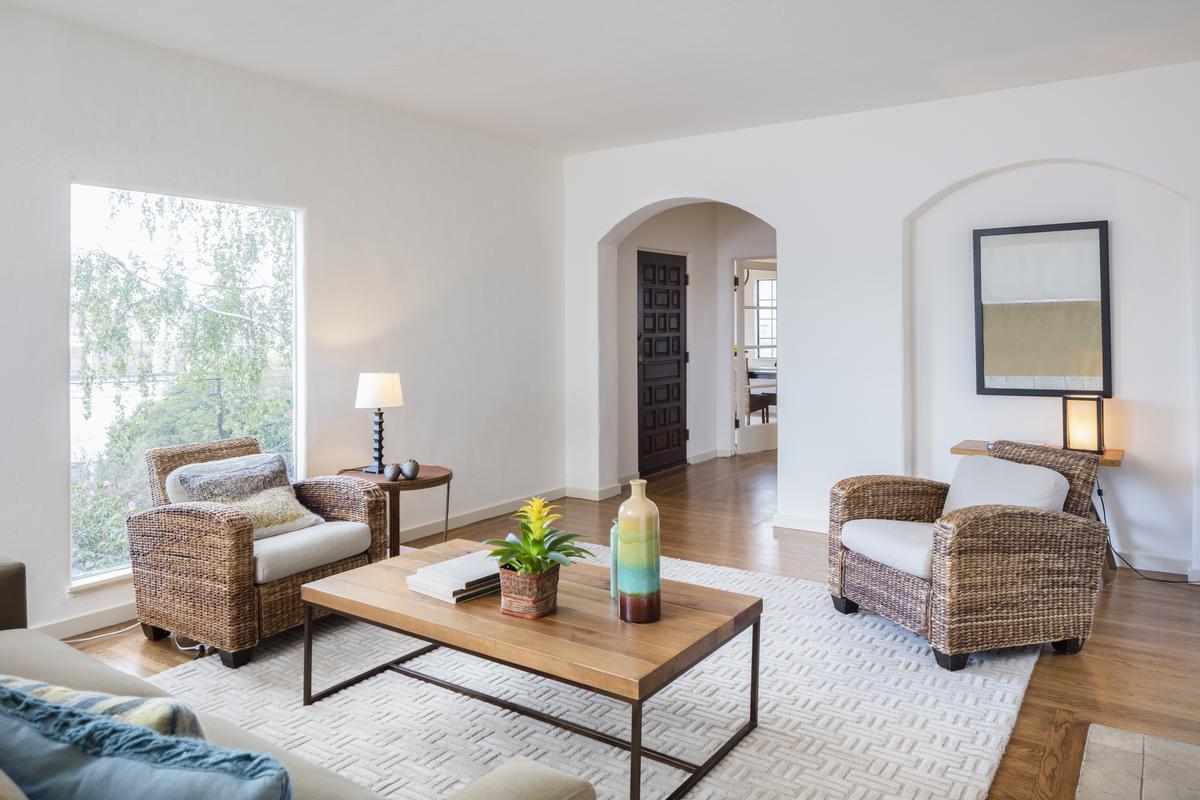
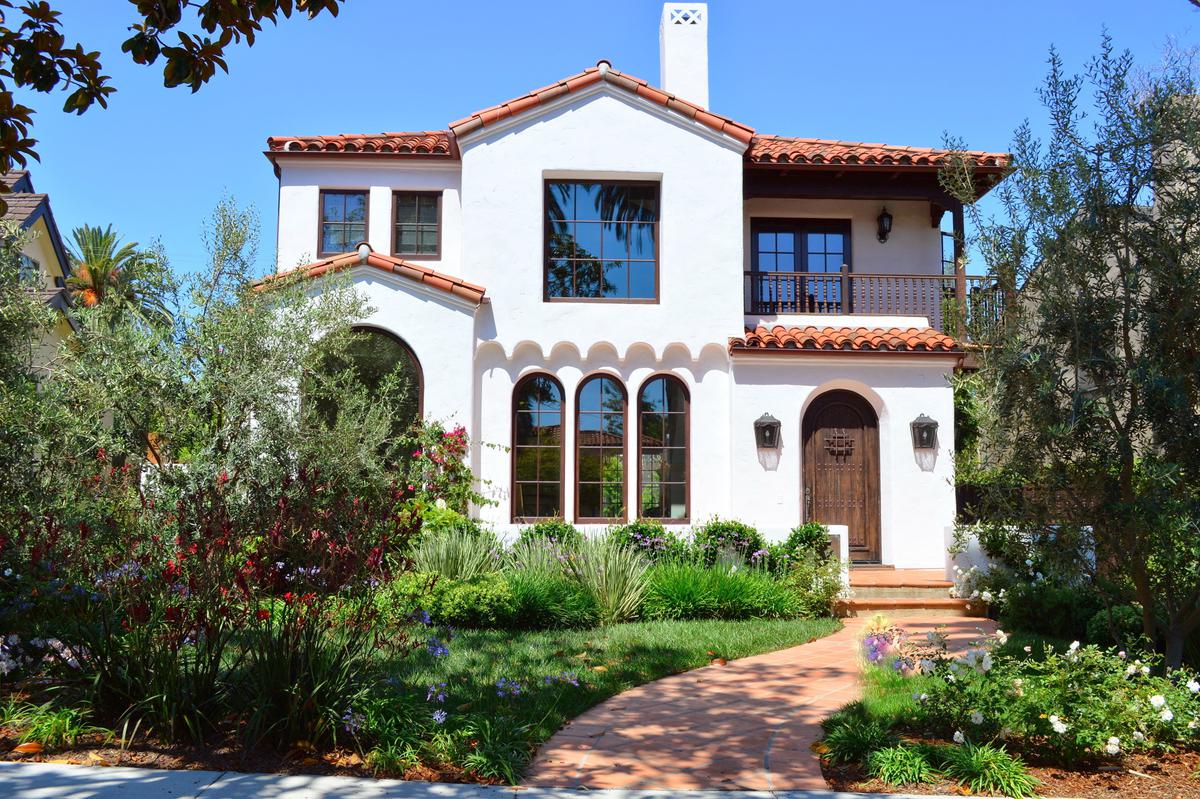
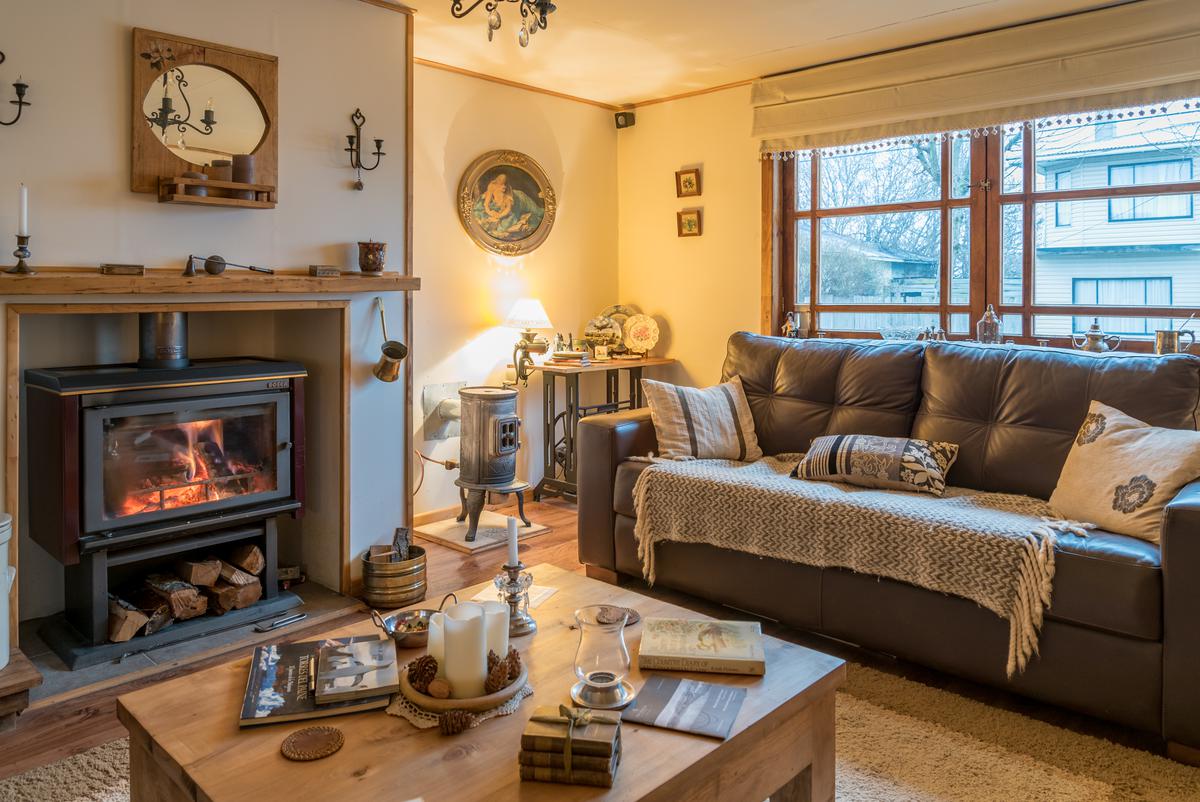
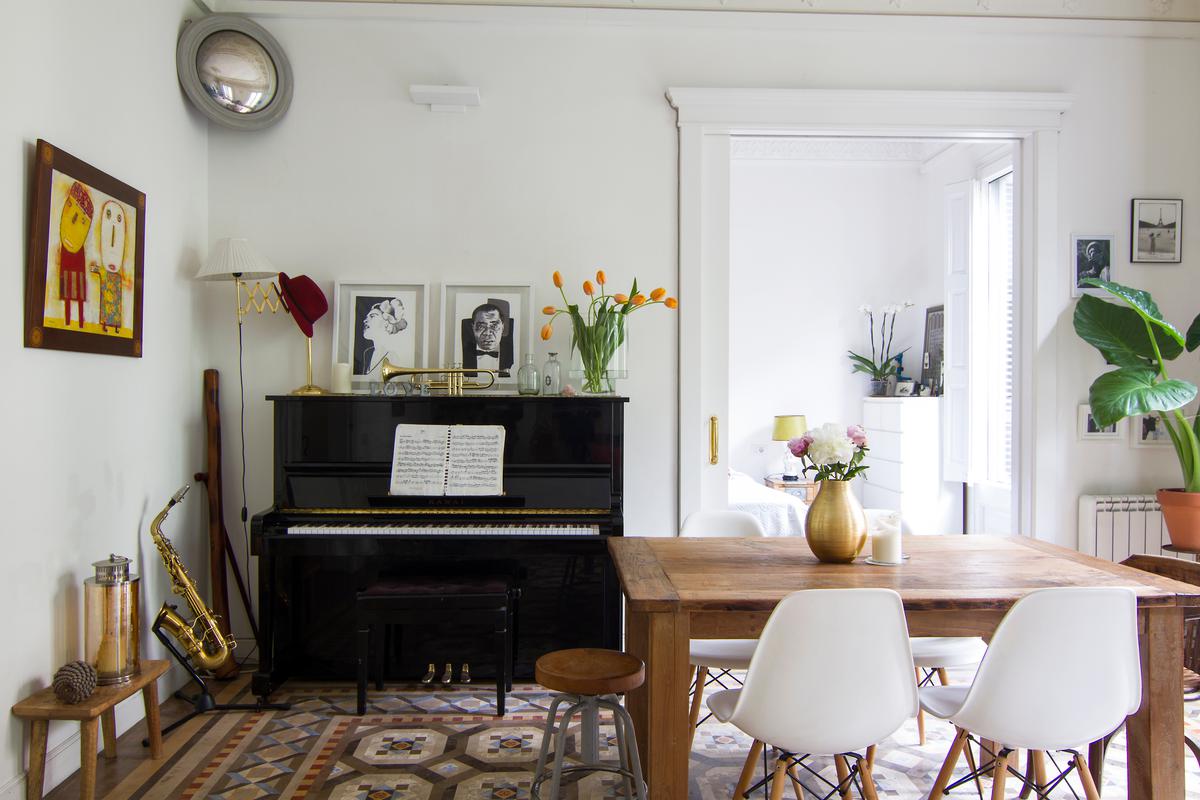
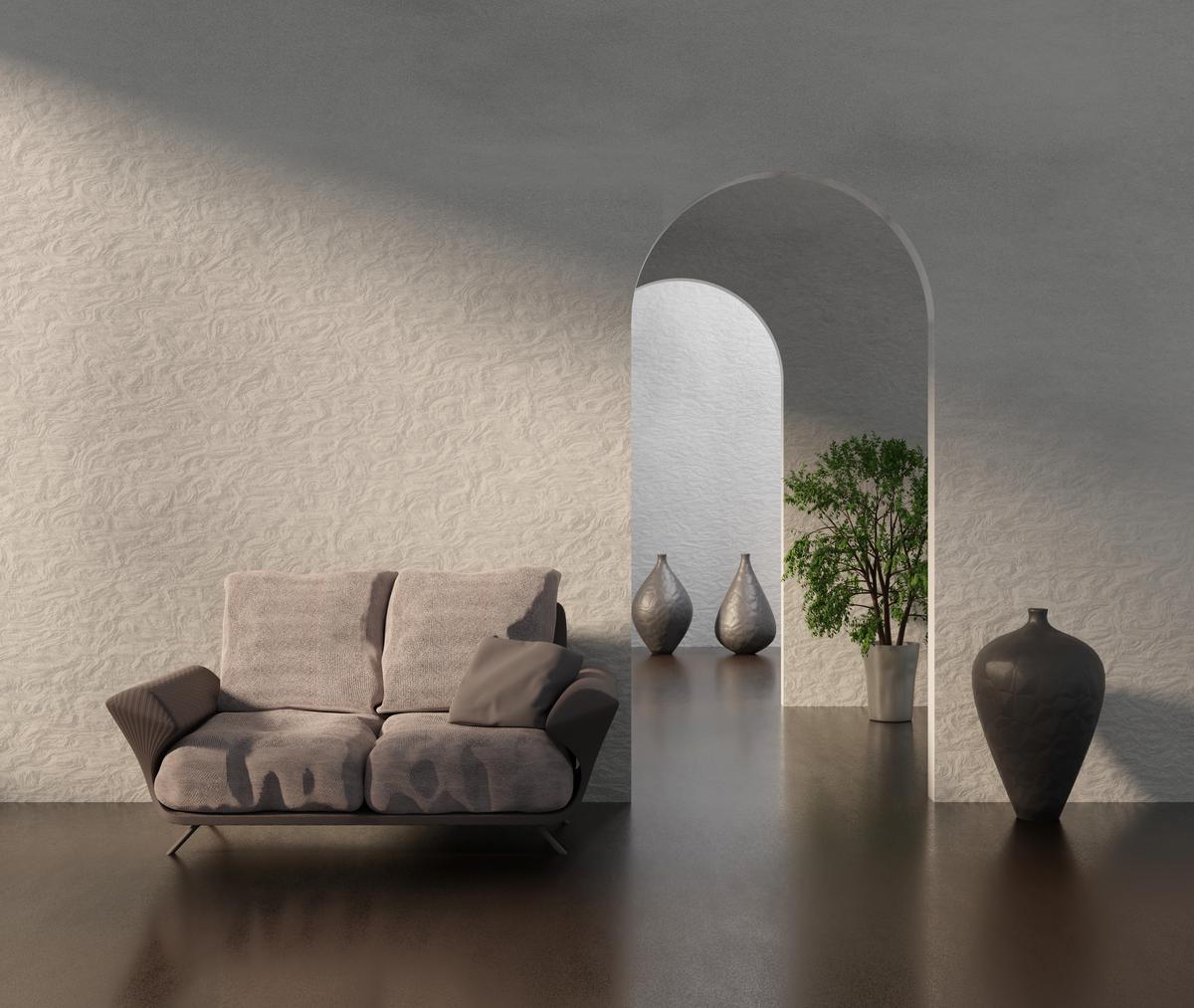

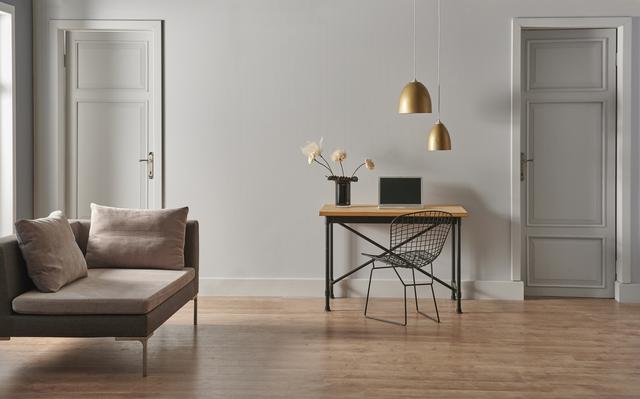
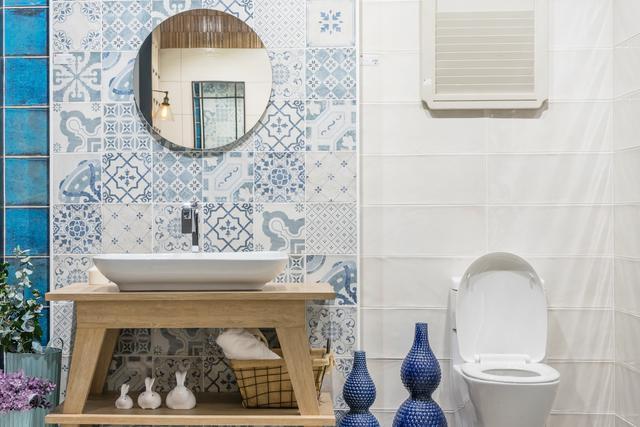

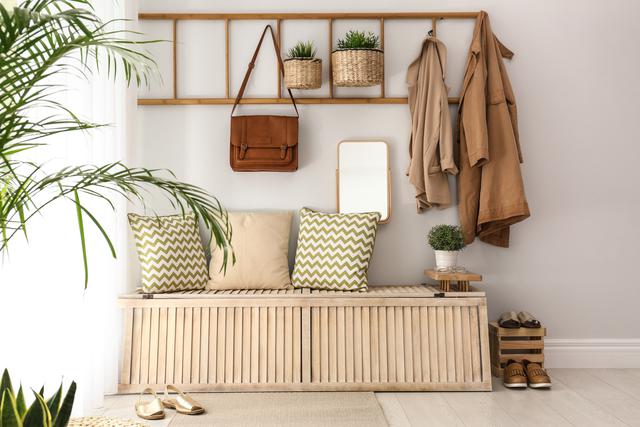
comments